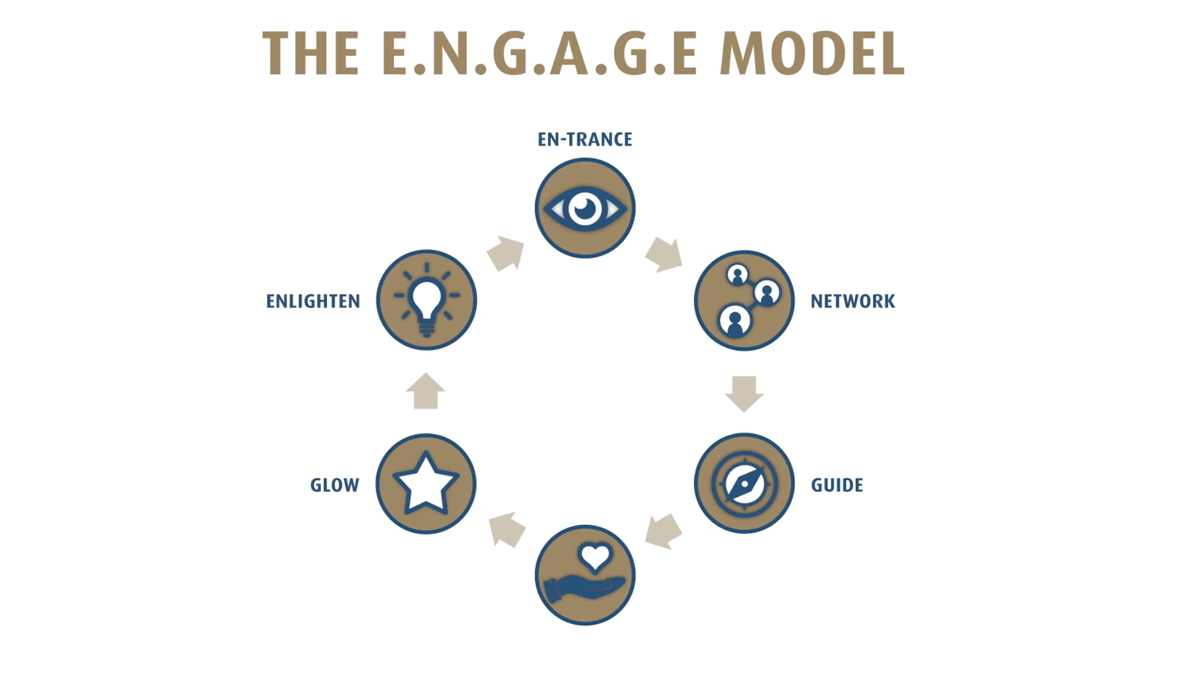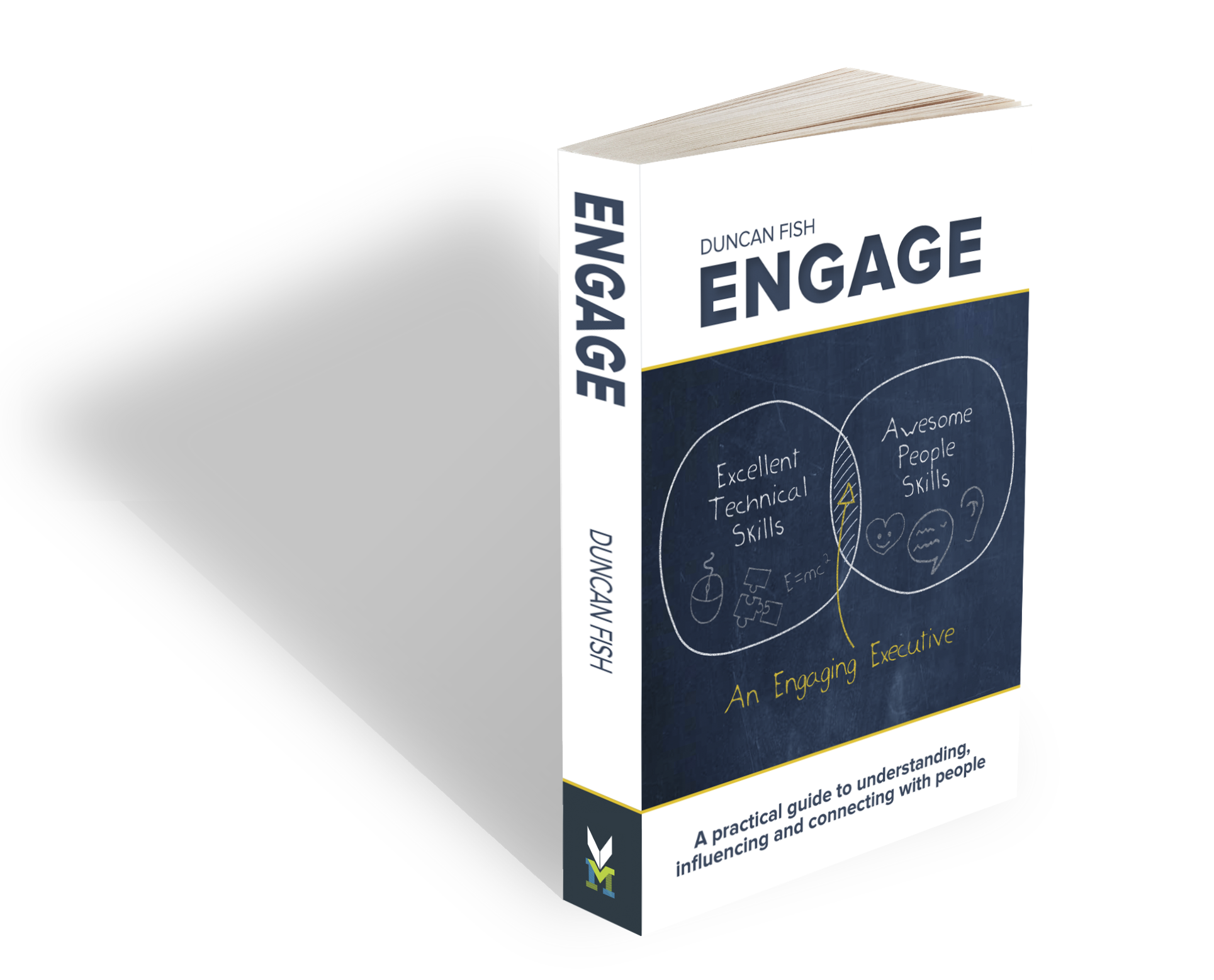Building Rapport: The Importance of the First 15 Seconds
Posted By Duncan Fish on October 22, 2018

While Natalie Davis’ article on building rapport is intended to help those in sales roles increase their inbound efforts, rapport building is a helpful skill for anyone in the corporate world and especially for those aiming at becoming Engaging Executives. How did Davis’ advice fit into the Engaging Executive Programme and lifestyle? Let’s take a look.
1. Do Your Research
Davis offers five keys to building rapport with others — to making that crucial connection that’s required to earn the admiration, respect and loyalty of your colleagues, so that they support and back you as you’re climbing your way up that corporate ladder (and yes, you really do need their support — you can’t go it alone, as much as you might want to).
Davis’ first piece of advice? Do your research on the people that you want to build rapport with. This mostly applies to situations where you know who you might be chatting with, such as a party or a corporate event where you know of those in attendance. Take a look at the people you can expect to see’s LinkedIn profiles and company pages, then come up with a few talking points ahead of time, to kick the conversation off in the right direction. This eliminates that initial panic of trying to think of something to talk about!
2. Focus on that Opening
Speaking of, the first few seconds of a conversation are absolutely crucial to whether or not you develop good rapport with your conversation partner. You have about 10 to 15 seconds to establish whether or not the person you’re speaking with actually wants to listen.
However, the best way to engage someone right off the bat? An open-ended question. It’s just human nature that everyone loves to talk about themselves more than they love to listen to other people talk, so give your listener the chance to do so. Ask them a question about their job (how did you get into this field?) or personal life (where are you from originally and how’d you get here?) and act genuinely interested in hearing their reply.
3. Keep It Going
But don’t just let the conversation peter out after that first question. Typically, to be polite, your conversation partner will ask you the same about yourself. This is your chance to set the tone of the conversation with some Contextual Hooks.
When answering, give your listener some engaging context that goes beyond a transactional one-word answer. Often, if you provide more interest and content, they’ll do the same when you ask your follow up question: “So what do you think of this event?” “How do you like your new position at XYZ company so far?” These easy tactics will keep your conversation partner talking and, pretty soon, you’ll see that they could talk all night.
4. Show You’re Listening
And while you may not want to necessarily listen to their endless anecdotes about their children or pets, practice active listening to show that you are, in fact, hearing what they’re saying. It goes a long way to building rapport.
Respond, nod, keep your eyes trained on theirs and use the QVR method: Question, Validate and Reciprocate. After someone answers your open-ended question, validate their response by relating to it in some way (Oh, you’re in venture capital? I just saw the most interesting news story about that…) and then reciprocate by providing the same information about yourself, using the Contextual Hooks mentioned above.
5. Practice!
For many of the professionals undergoing the Engaging Executive Programme, the interactions described above don’t come easily, but practice makes perfect. Try to build rapport with at least one person in your realm of influence each day and, soon enough, you’ll find that building rapport comes naturally, and takes hardly any thought at all.
What’s next?
Perhaps you would like to hear one of our success stories with how social skills contributed to their career from becoming an Engaging Executive, read here. If you would like a free assessment of skills against the ENGAGE model, click here.



